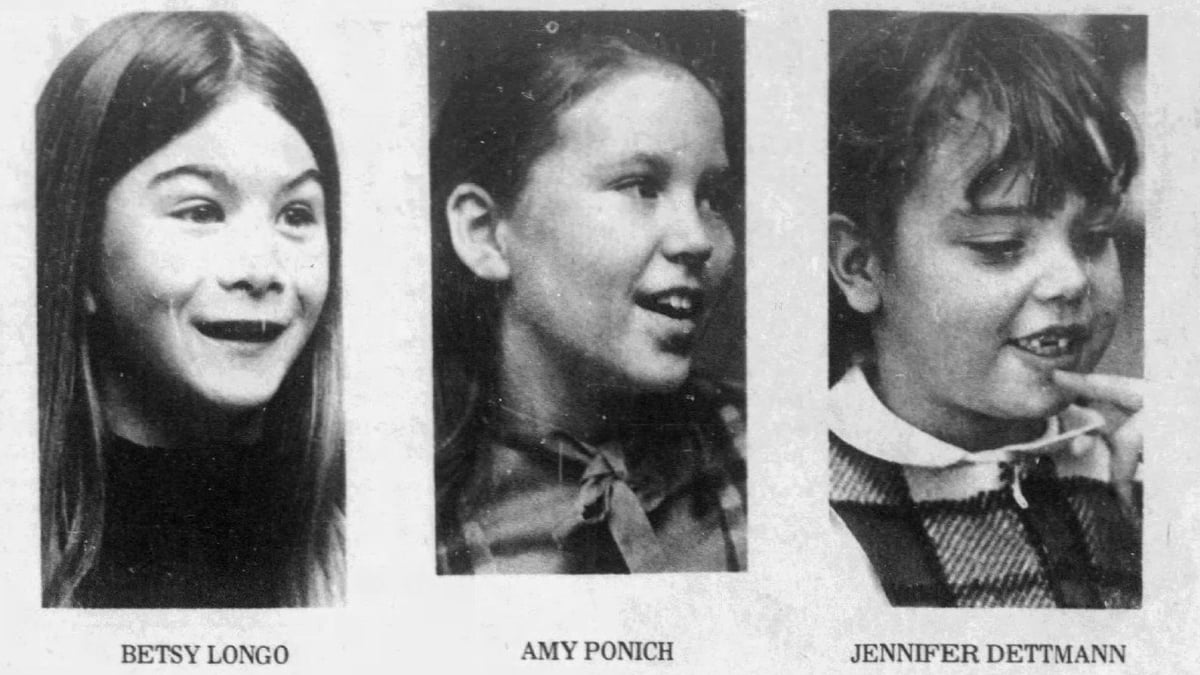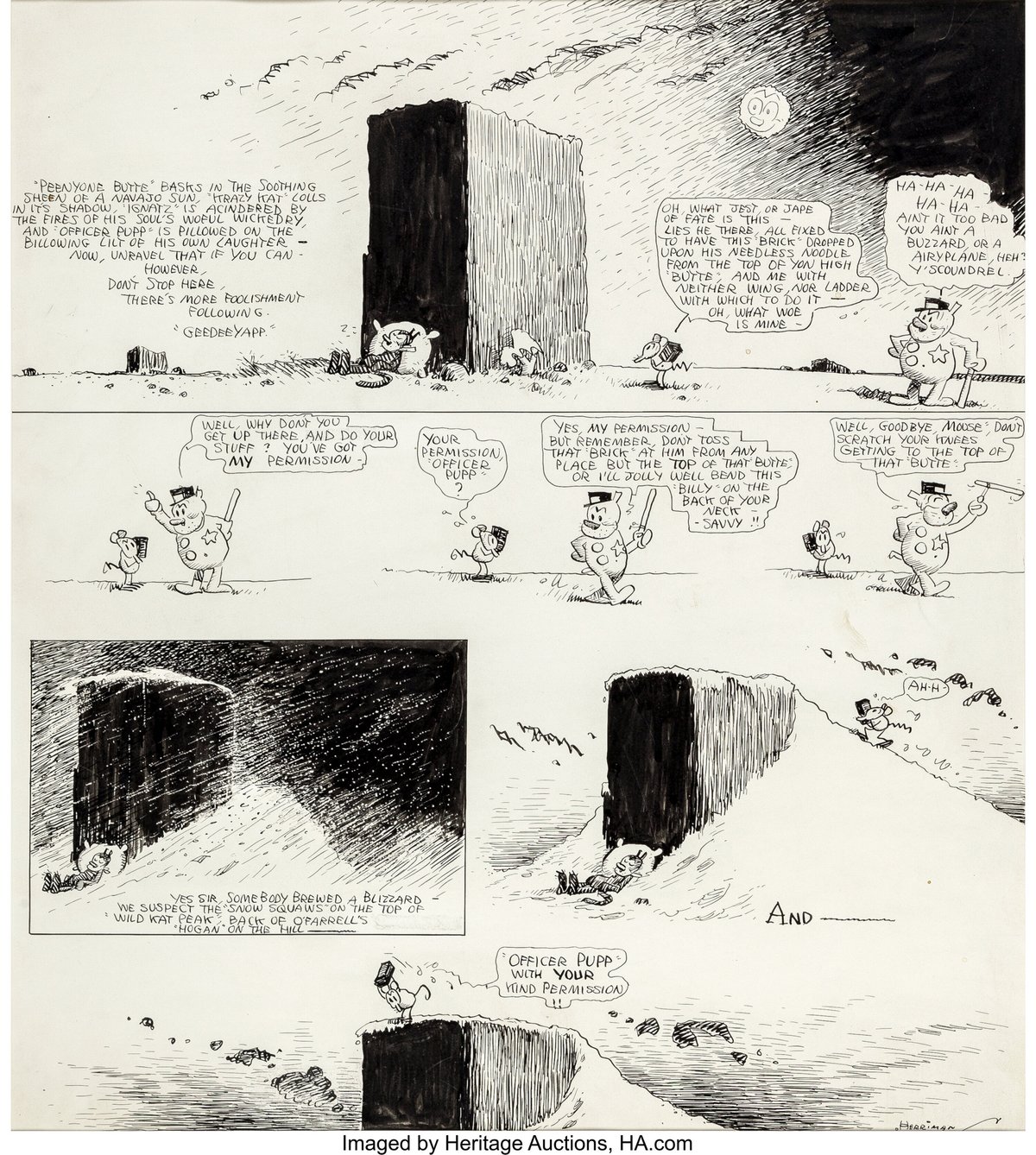kottke.org posts about newspapers

I enjoyed this Nieman Lab interview with Holden Foreman, the first-ever Accessibility Engineer at the Washington Post. I’m particularly pleased to see that Foreman is thinking about accessibility as, well, not solely a problem that can be solved by better engineering:
The coding is the easy part. Centering our work in listening, and elevating voices that have long been marginalized, is essential to improving accessibility in journalism. Trust has to be earned, and I think this is the biggest opportunity and challenge of being the first in this role. It’s counterproductive for accessibility work to be siloed from broader audience engagement and DEI work. Keeping that in mind, a lot of my initial work has included conversations with various stakeholders to get a better understanding of where and how engineering support, education, and documentation are needed. Accessibility may be viewed as a secondary concern or just a technical checklist if we don’t engage with real people in this area just as we do in others…
It’s essential to think about accessibility not just in the context of disability but also in the context of other inequities affecting news coverage and access to news. For instance, writing in plain language for users with cognitive disabilities can also benefit users with lower reading literacy. [The Post published a plain language version of Foreman’s introductory blog post.] Making pages less complex can make them more user-friendly and also possible to load in the first place for folks in areas with bad internet, etc…
There are nuances specific to the accessibility space. Not everyone with a disability has access to the same technology. Screen reader availability varies by operating system. JAWS, one of the popular screen readers, is not free to use. And there are many different types of disability. We cannot focus our work only on disabilities related to vision or hearing. We need separate initiatives to address separate accessibility issues.
Ultimately, better accessibility tools for disabled users translates to better services for everyone. That’s not the only reason to do it, but it is an undeniable benefit.

On February 7, 1971, the Billings Gazette, a local Montana newspaper, ran a story by Carol Perkins titled “Apollo — As Kids See It.” They interviewed young kids, from 5 to 11, and a range of boys and girls, to get their opinion about NASA’s then-current manned moon missions. Paleofuture’s Matt Novak zeroes in on the girls:
“I wouldn’t like to go to the moon. It’s not really a place for girls,” said 7-year-old Joan Anderson, who would be about 58 years old now.
“I think it would be fun to marry an astronaut. He would be rich and famous,” said 5-year-old Gail Standard.
“He’d be gone away a lot, so I would go with him. I’d wear a girl’s astronaut uniform and cook a lot of potatoes,” said 6-year-old Jennifer Dettmann, speaking of her potential astronaut husband.
There are a lot of myths about the Apollo space program. Chief among them is that most Americans fervently supported the space program’s enormous costs. In reality, most Americans of the 1960s thought the Apollo space program wasn’t a good use of taxpayer funds, with many people asking why that money wasn’t being spent to fight homelessness or hunger in the U.S.—the same criticisms you hear today.
In fact, one of the girls quoted in the article, 11-year-old Betsy Longo, expressed a similar sentiment.
“I don’t think they should use so much money to go to the moon,” Longo said. “They should use it to stop cancer and help people here on Earth.”
One 10-year-old, Amy Ponich, was the only girl in the article who seemed receptive to the idea that she could have a role to play in America’s exploration of space, telling the reporter that she wanted to be a scientist to “discover more frontiers.”
“We need to know what the moon is made of and how it related to the Earth,” Ponich said.
The US Apollo program only included men, but the USSR’s Valentina Tereshkova was the first woman in space in 1963. Sally Ride was the first American woman in space in 1983, twelve years after this article. Since the Apollo program ended in 1972, no human beings have landed on the moon.

Krazy Kat is a legendary comic strip by cartoonist George Herriman. It was published from 1913 to 1944. This means that some of the earliest strips are now in the public domain; all you need is to find a decent quality image.
Enter Joel Franusic, a Krazy Kat enthusiast who wrote up some code to scan newspaper archives, confirm that the images were indeed Krazy Kat comics, and download and present the images he found. Here’s Joel:
After becoming a little obsessed with Krazy Kat, I was very disappointed to see many of the books I wanted were incredibly expensive. For example “Krazy & Ignatz: The Complete Sunday Strips 1916-1924” was selling on Amazon for nearly $600 and “Krazy & Ignatz 1922-1924: At Last My Drim Of Love Has Come True” was selling for nearly $90.
At some point, I realized that the copyright for many of the comics that I was looking for has expired and that these public domain comics were likely available in online newspaper archives.
So, driven a desire to obtain the “unobtainable” and mostly by curiosity to see if it was possible, I set out to see if I could find public domain Krazy Kat Sunday comics in online newspaper archives.
As you can see in the “Comics” section of this site, it is possible to find Krazy Kat comics in online newspaper archives and I’ve made all of the comics I could find viewable on this web page.
The most striking thing about these comics is their size: full and half pages of broadsheets. The second most striking thing, for this fan, at least, is the clear influence on Calvin and Hobbes, in style, pacing, and overall feel. It’s not the user-friendliest way to dive into a back catalog of comics, but it is a remarkable and remarkably fun project.
Two major media companies issued statements about workplace values in the last 24 hours or so. From New York Times owner Arthur Sulzberger’s in-house “diversity and inclusion” reminder email this morning: “Our Company is committed to diversity and inclusion, and our goal is to provide a stimulating, supportive environment where employees can thrive and grow, sharing their many experiences, attitudes, cultures and viewpoints.” Okay, fine!
But here’s from new Tribune Company owner Sam Zell: “Discrimination based on gender, age, race, religion, national origin, marital status, sexual orientation, disability, or any other characteristic not related to performance, ability or attitude, protected by federal or state law, or not protected (such as inability to tell a joke, the occasional poor wardrobe choice or bad hair day), is strictly prohibited…. Working at Tribune means accepting that sometimes you might hear a word that you, personally, might not use. You might experience an attitude that you don’t share.” Wow. (PDF download, via LA Observed.)
And there’s also this in the new Tribune manual: “Under Rule #1, you may want to think twice before you enter into an intimate relationship with a co-worker. When you start, it might seem like a good idea. It’s when you stop, or the wrong people find out (and they will) that you could discover that perhaps it wasn’t.” That is THE BEST ADVICE EVER. Does Sam Zell live… in the real world? Also in the new Tribune Manual: “It’s good judgment not to put in writing what you don’t want printed on the front page of a newspaper. Or posted on a web site. Or heard on the news.” This thing reads like it came out of some wacky internet startup. (Disclosure: I’m taking money from both companies. Uh, for now!)
Joe MacLeod, America’s best newspaper columnist, takes the art of phoning-it-in to dizzying new heights in today’s Baltimore City Paper:
Hey! It’s time to run a whole year of my every-other-weekly “column” through the “AutoSummarize” tool on Microsoft Word. This year it’s 20,684 words, boiled down to 4 percent of original size. Fun!
Even with the encroachment of blogs, craigslist, and online stock listings, James Surowiecki says the newspaper business is actually not a bad business to be in these days. “Newspapers are classic cash cows: solidly profitable businesses in a stagnant industry.”








Stay Connected